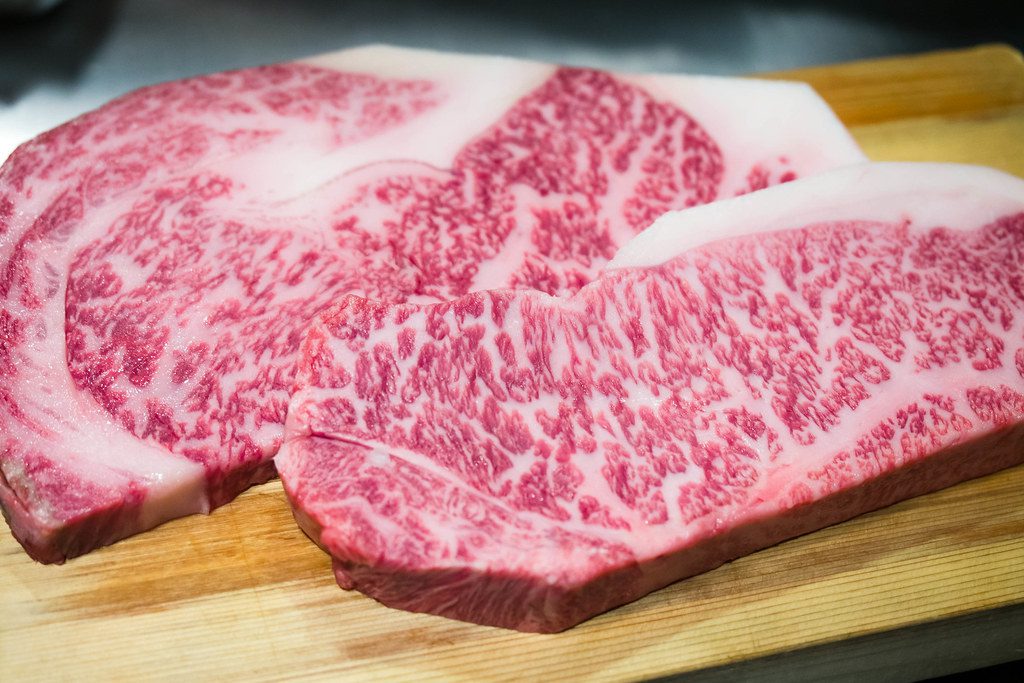
Seven of the world’s most costly nourishments
As The Food Program investigates in ‘England’s Mystery Saffron Story’, the red flavor is one of the world’s most costly fixings – worth more per ounce than gold. In any case, what different nourishments would give the looked for after zest a run for its cash? Would it be that makes these items so exorbitant? What’s more, would they say they are extremely worth their sticker price? Here are a couple of Planet Earth’s most costly groceries. What number of have you attempted?
1. Saffron
In the event that your rice is iridescent yellow, at that point the odds are it’s been imparting a pan to saffron. The flavor, nicknamed ‘Red Gold’, is the distinctive dark red disgrace (or strings) from a crocus bloom, and it’s utilized as a shading operator in food. For what reason accomplishes something so little cost to such an extent? It is, weight for weight, more costly than gold itself. The reasons are basic: Saffron crocuses just bloom for possibly 14 days every year in the pre-winter; reaping the flavor is work serious (it’s gathered and prepared by hand); and every little blossom has just three disgrace which implies it takes around two football pitches of crocuses to make a kilogram of saffron. That is upwards of 300,000 blossoms!
2. Caviar

Caviar is the salted roe of the sturgeon fish, and thought about one of the world’s extraordinary delights. It’s dubious to deal with and bundle in any case, more fundamentally, it’s inconceivably uncommon. The most acclaimed caviar is from the beluga sturgeon – found in the Caspian and the Dark Ocean. Presently basically imperiled, next to no of its eggs can be sold legitimately. It takes as long as two decades for the beluga sturgeon to arrive at development and it’s grown-up size! Much rarer is the roe from the pale skinned person sturgeon – presently practically wiped out in its local condition. As indicated by the Guinness World Records, the most costly caviar recorded is from a matured (perhaps multi year-old!) pale skinned person beluga sturgeon whose white caviar sold for about $34,500 per kilogram. My cod that is steep!
3. Oysters
Presently thought to be an extravagance, Oysters haven’t generally been the food of the ridiculously wealthy. In the mid nineteenth century shellfish were modest as chips and a significant food hotspot for the average workers in beach front networks – a nibble so abundant that they were utilized to mass out meat pies. Be that as it may, overfishing and contamination have catastrophically affected clam stocks and shortage has knock up their worth. Twelve out of a top London fish café will slow down you around £51. It appears to be a few people are glad to dish out for a disgusting mollusk or two… obviously, you’re additionally purchasing the clam’s notorious sexual enhancer characteristics. Be cautious who you eat with!
4. White Truffle
Found in the Piedmont area of Northern Italy, exceptionally regarded white truffles will just develop among the foundations of specific trees, are a lot more difficult to find than some other kind of truffle, and have an especially extreme flavor and fragrance. They can’t be developed or developed – in spite of the fact that people have gone after for ages to cultivate the truffles; they can in any case just be sourced in nature. It is this eccentric, alongside the lengths individuals go to find and reap them, which brings about their strong sticker price. The record whole paid for a solitary white truffle was by Macau gambling club proprietor Stanley Ho in 2007. He sprinkled out $330,000 (£165,000) for perhaps the biggest truffle revealed in decades – weighing 1.5 kg, an entirely phenomenal cost for an impactful underground growth.
5. Iberico ham
A sort of restored ham delivered in Spain and Portugal, the best Iberico ham is from unfenced pigs that have an eating regimen of just oak seeds during the last time of their life. The arrangement of Iberico ham is amazingly exacting, with ‘dark mark’ ham viewed as the absolute best – delivered from thoroughbred Iberian pigs, wandering oak timberlands and devouring oak seeds. On head of that, the ham is relieved for a protracted three years! As indicated by the Guinness World Records, the most costly leg of ham industrially accessible is an Iberian ‘Manchado de Jabugo’, retailing at an astounding £3,192.76 (starting at 20 Walk 2016). In spite of the fact that the pigs are raised for only three years, the ham legs are then restored for up to six!
6. Wagyu Beef

Wagyu basically deciphers as ‘Japanese Meat’, and it can emerge out of any of four distinct types of Japanese dairy animals. The meat is strongly marbled with fat, which renders down during the cooking procedure to make the meat delicate, wet and soften in the mouth. A few fans depict it as self-destructing like a delicate bit of fish. The significant expense point is all down to the raising procedure: to meet all requirements for the Wagyu mark the cows must be raised and taken care of as indicated by exacting rules, with calves being given exceptional feed to ensure the mark greasy marbling. Kobe meat, one of the most profoundly valued, brings up to £500 a kg in Japan. That is a ton of moo-ney.
7. Kopi Luwak Coffee
Alright, so in fact it’s a beverage. Be that as it may, with sacks of kopi espresso selling for up to $700 per kg, it’s positively deserving of its place on this rundown. Kopi luwak, or civet espresso, is produced using espresso beans eaten, somewhat processed and afterward pooed by the Asian palm civet or civet feline. Doesn’t sound such inviting? Some accept that the part processing and aging brought about by the creature’s stomach corrosive upgrades the kind of the espresso, with different pundits in understanding that it’s just a trick bringing about a genuinely horrible coffee. Unfortunately, there are developing quantities of escalated civet ranches, where animals are bound to confines a lot of like battery hens, and coercively fed. It merits doing your examination before purchasing.













